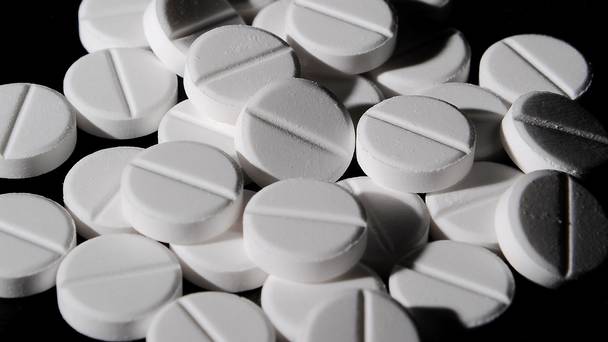This program joins students with scientists and other experts to counteract the myths about drugs and alcohol that teens get from the internet, social media, TV,
movies, music, or from friends.
National Drug & Alcohol Facts week was launched in 2010 by scientists at the National Institute on Drug Abuse (NIDA). NIDA created this in an effort to stimulate educational events in communities where teens could learn what science has taught us about drug use and addiction.
In 2016, the National Institute on Alcohol Abuse and Alcoholism became a partner and alcohol has been added as a topic area for the week. NIDA and NIAAA are part of the National Institutes of Health.
Here is some information from the 2016 Monitoring the Future (MTF) annual survey.
This was a survey conducted of 8th, 10th, and 12th graders by researchers at the University of Michigan, Ann Arbor, under a grant from the National Institute on Drug Abuse, part of the National Institutes of Health.
As of 1975, the survey measured drug, alcohol, and cigarette use and related attitudes in 12th graders nationwide; 8th and 10th graders were incorporated into the survey in 1991.
2016 Highlights:
- 45,4730 students participated from 372 public and private schools
- 4 percent among 8th graders,
- 8 percent among 10th graders, and
- 3 percent among 12th graders.
Although these numbers may seem high, 2016’s survey results are encouraging. These results illustrate that the past-year use of illicit drugs other than marijuana is continuing to decline to the lowest level in the history of the survey for all three grades.
These rates are down from peak rates of 12.6 percent for 8th graders in 1995, and 18.4 percent for 10th graders in 1996, and 21.6 percent for 12th graders in 2001.
Teen use of many substances is at its lowest level since the survey’s inception, regarding alcohol, cigarettes, heroin, cocaine, methamphetamines, inhalants, and sedatives (reported only by 12th graders).
Other illicit drugs surveyed also illustrated a 5-year decline.
- marijuana (among 8th and 10th graders),
- synthetic cannabinoids (K2/herbal incense, sometimes called “synthetic marijuana”),
- prescription opioids (reported in the survey as “narcotics other than heroin”),
- hallucinogens,
- amphetamines, and
- over-the-counter cough and cold medications
The survey also found a general decline in perceived risk of harm and disapproval of using several substances.
- fewer 8th graders think that taking Ecstasy (MDMA) or synthetic cathinones (“bath salts”) occasionally is harmful,
- fewer report disapproval of taking Ecstasy or inhalants regularly.
- In 10th graders, there was a decrease in the percentage of students who perceive a risk of harm from the following:
- trying inhalants or synthetic cathinones once or twice
- taking Crack, Vicodin®, or synthetic cathinones occasionally
- using inhalants regularly
Marijuana
Marijuana usage has declined amongst 8th and 10th graders and remains unchanged among 12th graders compared to 5 years ago, despite the changing state marijuana laws. Past-year use of marijuana is at its lowest level in more than 2 decades among 8th and 10th graders.
Last Year Results (8th Graders)
- Daily use declined from 1.1% to 0.07%
Last 5 Years
- Daily use decreased form 1.3% to 0.7% (8th Graders)
- Daily use decreased from 3.6% to 2.5% (10th Graders)
- 0% continue to report daily use (12 Graders)
Click here to test your knowledge https://teens.drugabuse.gov/quiz/national-drug-alcohol-facts-week/take-iq-challenge/2016

